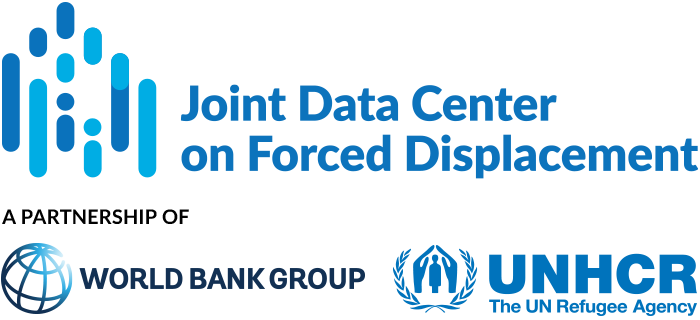This article examines the effects of UNICEF’s cash transfer program, Hajati, on social cohesion and connectedness in Jordan.
JDC Literature Review
Legal residency status and its relationship with health indicators among Syrian refugees in Lebanon: a nested cross-sectional study
This study investigates the relationship between legal residency status and the health of Syrian refugees in Lebanon, which hosts the world’s highest per capita refugee population, with over 1.5 million Syrian refugees, including approximately 815,000 registered with UNHCR.
Determinants of Women Empowerment: Case of Refugee Women Living in Nairobi Kenya
This article investigates the determinants of women empowerment among refugee women living in Nairobi, Kenya.
The power of dialogue: Forced displacement and social integration amid an Islamist insurgency in Mozambique
This paper investigates the impact of a community-based field experiment designed to promote the social integration of internally displaced persons (IDPs) into the local community in Pemba, the capital of Cabo Delgado, northern Mozambique.
Household food insecurity, living conditions, and individual sense of security: A cross-sectional survey among Burkina Faso refugees in Ghana
This article assesses the levels and determinants of food insecurity among Burkina Faso refugees residing in Ghana.
Receipt of humanitarian cash transfers, household food insecurity and the subjective wellbeing of Syrian refugee youth in Jordan
This paper examines whether food security mediates the relationship between receipt of humanitarian cash transfers and subjective wellbeing among Syrian refugee youth in Jordan.
Using Poverty Lines to Measure Refugee Self-Reliance
This paper proposes a novel approach to measuring refugee self-reliance, grounded in global poverty measurement, that focuses on self-earned income. The measure captures the ability to meet physiological and basic material needs independently of aid.
Responsibility Sharing and the Economic Participation of Refugees in Chad
This paper estimates the potential savings in humanitarian aid if Sudanese refugees in Chad are able to realize their economic potential.
The Costs Come before the Benefits: Why Donors Should Invest More in Refugee Autonomy in Uganda
This paper examines the self-reliance of refugees in Uganda and estimates the savings in assistance resulting from their economic inclusion.
Self-reliance and Social Networks: Explaining Refugees’ Reluctance to Relocate from Kakuma to Kalobeyei
This paper investigates why refugees are reluctant to move from the Kakuma refugee camp in Kenya to the new Kalobeyei settlement.


